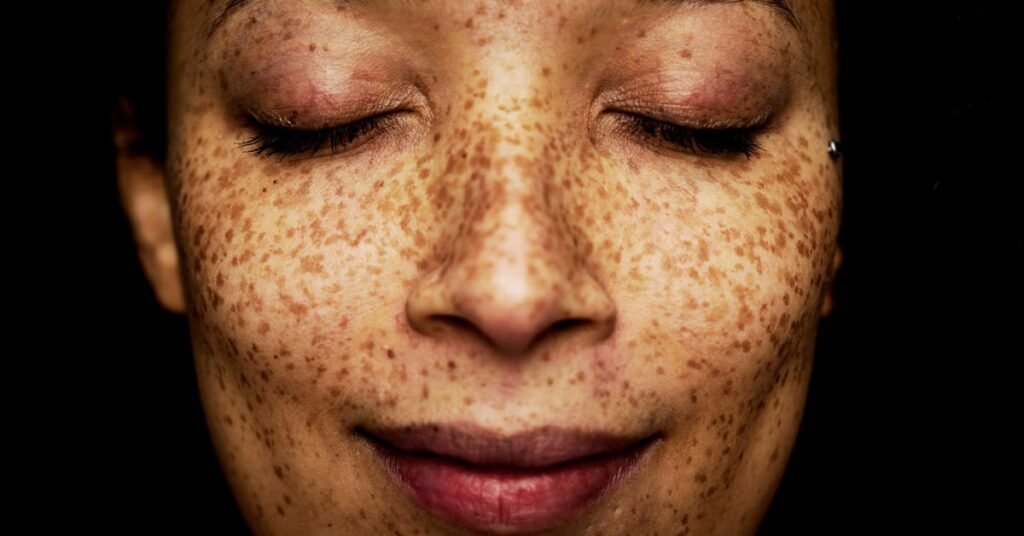Unlocking Health Insights Through Your Skin: What a Dermatologist Can Reveal
Have you ever considered that your skin may be a window into your overall health? From discoloration to changes in texture, various symptoms can indicate underlying health concerns. Understanding these signals can not only help identify potential issues early but also guide you toward effective treatments.
The Skin-Health Connection: Insights from Dermatology
According to Dr. Jeremy Brauer, a board-certified dermatologist, the skin’s condition often reflects a person’s overall well-being. "A person’s skin texture can be a telltale sign of good or bad health," he states. Dermatologists focus on comprehensive histories, including medical, surgical, and medication backgrounds, to provide well-informed diagnoses.
Key Indicators That Dermatologists Look For
-
Skin Texture Changes
- Thickened Skin: This can indicate diabetes, particularly when observed on fingers, hands, and feet. The condition known as digital sclerosis can result from high blood sugar levels, leading to reduced sensation in these areas.
-
Wound Healing Patterns
- Slow Healing Sores: Frequent infections or wounds that don’t heal properly may also hint at diabetes. The inflammatory phase is longer in diabetic individuals, increasing the risk of chronic wounds.
-
Itchy Bumps and Dermatitis
- Raised or Scaly Bumps: These could suggest allergies, particularly to dairy. Symptoms typically manifest minutes after consumption and can linger for days.
-
Discoloration Variations
- Redness: This could reflect inflammation or an allergic reaction, while brown spots might indicate sun damage or pigmentation changes.
- Bluish Tints: Such discoloration may signal vascular issues.
- Acanthosis Nigricans
- This condition involves darkened skin in folds, such as on the neck and armpits, often linked to diabetes. Another manifestation, diabetic dermopathy, appears as well-defined brown spots on the shins.
The Role of Moles in Skin Cancer Detection
Regular skin checks are essential for monitoring moles, as changes may signify skin cancer. Dr. Brauer advises, “Anything new, changing, or unusual warrants a checkup.” Key warning signs include:
- Irregularly shaped or discolored moles.
- Moles that bleed, crust, or persistently scab over.
Other Signs of Potential Health Issues
Recognition of additional conditions can also emerge through skin observations:
- Red and Scaly Skin: This may indicate squamous cell carcinoma, a prevalent skin cancer type.
- Butterfly Rashes: These notorious red rashes on the cheeks often symbolize lupus, an autoimmune disease.
Changes in Hair and Scalp: What They Indicate
Hair loss can also be linked to various health issues. Dermatologists assess hair density and strength to uncover potential vitamin deficiencies and other causes.
Commonly Recognized Conditions Include:
- Genetic Hair Loss
- Thyroid Disorders
- Vitamin Deficiencies: Such as vitamin D or iron deficiency correlating with diffuse hair loss.
Surprising Insights from Your Skin
Interestingly, dermatologists can even gather behavioral insights:
- Injectable Use: Overuse of fillers or Botox is identifiable through facial changes. A “frozen” look or overly full lips can signal excessive application.
- Sleep Positions: The side you sleep on may create asymmetry in your facial features, detectable during examinations.
Conclusion: Prioritize Your Skin Health
Understanding what your skin reveals about your health is crucial. Regular visits to a dermatologist can be a proactive step towards identifying potential health concerns early.
For more detailed guidance on skin health and examinations, consider resources like the American Academy of Dermatology and stay informed about the signs that could lead to crucial medical interventions.
Remember, taking care of your skin is not just about aesthetics; it’s a pathway to maintaining overall health. For any persistent concerns, seek advice from a qualified dermatology professional.


